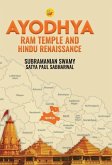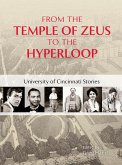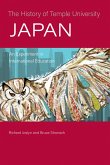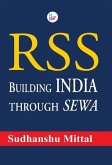True and devout Hindus believe that Bhagvan Sri Rama was born in Ayodhya, the then capital of a flourishing kingdom of the Suryavansa dynasty. Rama is venerated as Maryada Purushottam, and worshipped by Hindus everywhere. Sri Rama was the first truly national king of India, above regional, varna, or jati adherence. At his birth spot in Ayodhya, there stood a temple, but it was demolished by invading Islamic marauders and a mosque was constructed on the same spot that came to be known as "Babri Masjid." In Chapter X of the Report of the Archeological Survey of India, NW and Oudh (1889), it is mentioned that Babri Mosque "was built in A.D. 1528 by Mir Khan on the very spot where the old temple of Janmasthan of Ram Chandra was standing." It is now well established by GPRS- directed excavations done under the Allahabad High Court monitoring and verification in 2002-03, that a large temple did exist below where that Babri Masjid structure once stood. Inscriptions found during excavations describe it as a temple of Vishnu Hari who had killed the demon king Dasanan [Ravana]. This book, therefore, explores how, through legal measures and by consensus building amongst the vast majority of the Indian people, the Rama Temple can be re-built on the original spot where it had stood nearly half a millennium ago.








